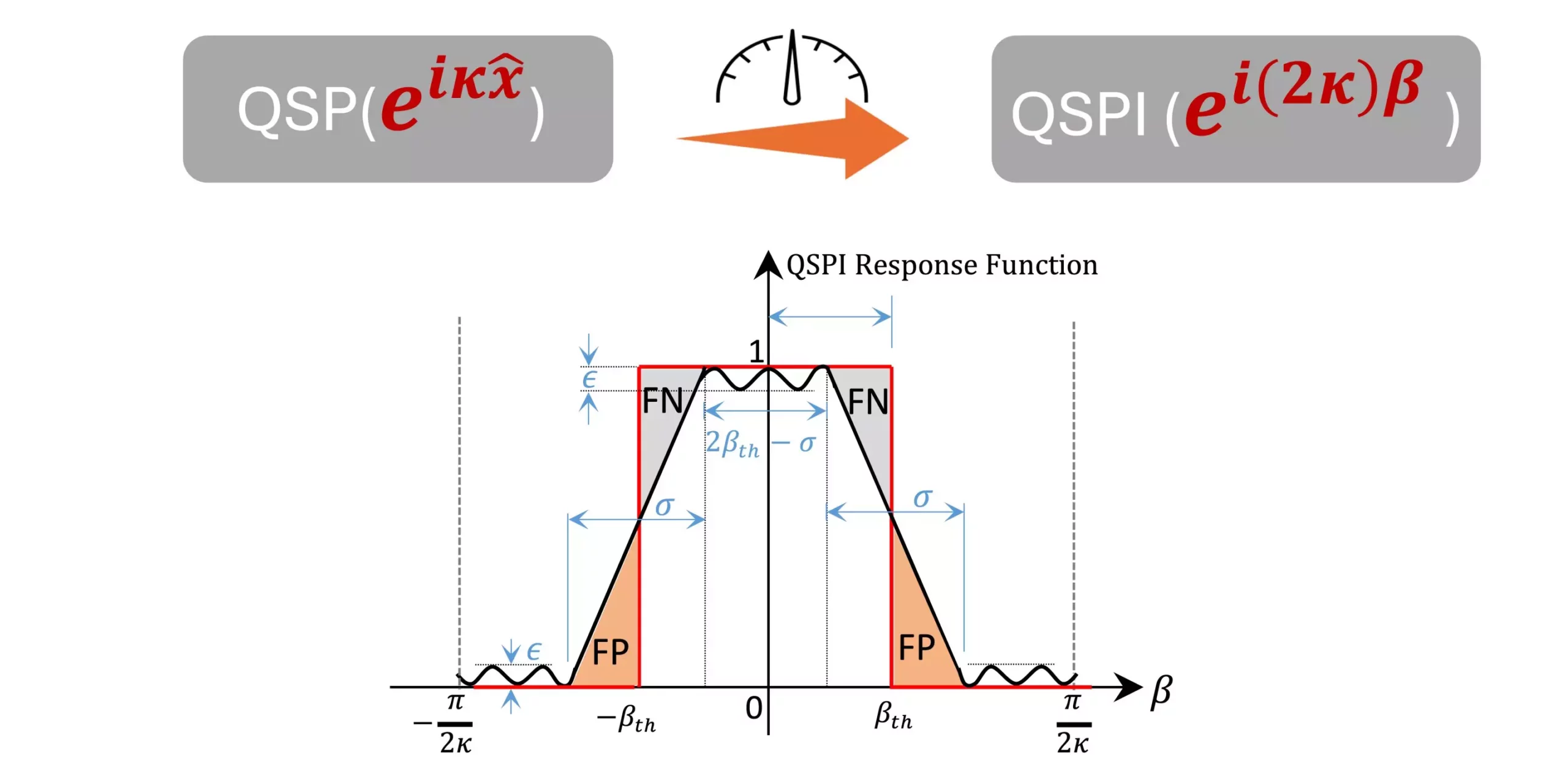In recent years, quantum technology has emerged as a transformative force, intertwining itself with various fields, including computing, cryptography, and sensing. Researchers from North Carolina State University and the Massachusetts Institute of Technology are at the forefront of this revolution, unveiling a groundbreaking protocol that harnesses the extraordinary potential of quantum sensors. With this new approach, researchers are poised to redefine the benchmarks for sensitivity in sensor technology, far exceeding the capabilities of traditional systems.
Rethinking Sensor Design
At the heart of this advancement is a framework that melds classical signal processing techniques with the intricacies of quantum mechanics. Yuan Liu, an assistant professor at NC State, emphasizes that quantum sensing is rich with potential. However, the primary hurdle remains in directing sensors towards specific signals. Liu’s team has ingeniously adapted classical engineering principles to create a method that fine-tunes quantum systems, allowing them to home in on desired signals. This novel twist not only enhances sensor performance but opens the door for a plethora of applications in fields ranging from telecommunications to biomedical diagnostics.
From Classical to Quantum: Bridging the Divide
The methodology developed by Liu and his collaborators hinges on coupling two core quantum elements: a qubit and a bosonic oscillator. Qubits, the building blocks of quantum information, operate on a binary state, existing in superpositions that offer unique processing capabilities. On the other hand, bosonic oscillators embody the essence of classical oscillators, yet they extend beyond finite states, representing an infinite-dimensional landscape. By merging these two systems, the researchers have crafted a new avenue for manipulating quantum states.
Instead of diving into complex calculations to ascertain the quantities of an object, Liu advocates for simplifying the problem. By reframing the inquiry as a decision-making question—whether a target possesses a certain property—they streamline the process. This paradigm shift allows them to focus on designing the oscillator’s manipulation to yield a decisive signal that indicates the presence of the target, fundamentally transforming how we interpret quantum interactions.
The Mechanics of Quantum Signal Processing
The engineers have established an innovative approach where the infinite-dimensional sensor—principally the bosonic oscillator—is judiciously manipulated via its coupling to a two-level qubit. The implications of this are remarkable. Through interferometry, the results are inscribed into the qubit’s state, setting the stage for the readout process. Liu eloquently describes this interaction as crafting a polynomial function that shapes the oscillator’s wave form, setting the stage for specific signal detection.
Once the target signal emerges, the adjustments made to the sensor can be reversed, initiating an interference pattern within the infinite-dimensional system. The outcome is elegantly refined: either a definitive “yes” or “no” in response to the inquiry regarding the target’s presence. The brilliance of their system lies in the ability to derive this answer from a single measurement of the qubit, transcending the need for repeated assessments—a game-changer in the realm of sensor efficiency.
Broadening Horizons: The Implications of a Quantum Framework
The potential applications for this innovative framework are vast and captivating. The researchers envision its utility not just in theoretical realms but in real-world scenarios where rapid, accurate signal detection is paramount. With the capacity to employ existing quantum technologies—like trapped ions or superconducting platforms—this method offers a versatile toolkit for sensor design.
The implications extend beyond mere advancements in technology; they signify a significant step towards practical implementations of quantum systems. Imagine a world where immediate and precise diagnoses in medical fields are facilitated by quantum sensors, or where communication networks employ quantum-enhanced security measures. Each branch leads to extraordinary possibilities that extend the boundaries of our understanding and capabilities.
The integration of classical engineering strategies into quantum sensing frameworks marks a pivotal evolution in the development of ultra-sensitive sensors. This innovative approach highlights how traditional concepts can inspire revolutionary ideas, setting a new standard in the ongoing quest to unlock the potential of quantum technologies.

